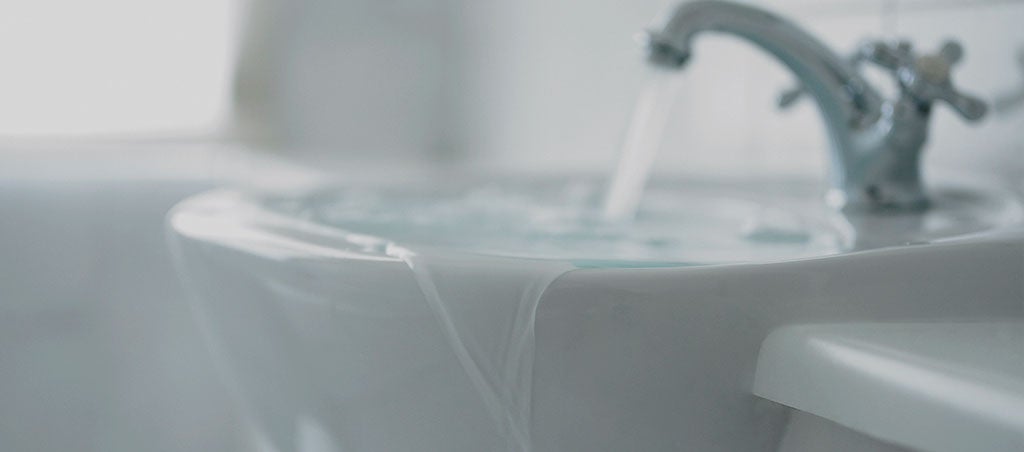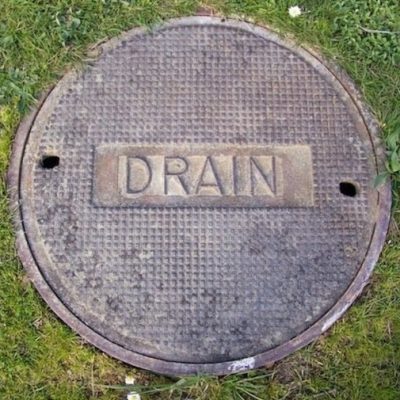Strategies to Tackle a Blocked Drain Prior to Calling in Experts
Strategies to Tackle a Blocked Drain Prior to Calling in Experts
Blog Article
What're your insights and beliefs about Tips for Dealing with Clogged Drains and Sewer Lines?

Introduction
Handling an obstructed drainpipe can be a discouraging experience, disrupting daily activities and potentially causing damages to your property. Nonetheless, before reaching out to pipes specialists, there are steps you can require to address the issue on your own. In this overview, we'll check out DIY remedies and preventive measures to take on a blocked drainpipe effectively.
Identifying the Problem
The first step in addressing a blocked drainpipe is recognizing the signs. Slow drain, gurgling audios, foul odors emanating from drains pipes, or water backing up are common indicators of a blocked drain. Identifying these signs early can help prevent better difficulties.
Typical Sources Of Blocked Drains
Understanding the elements that add to drain pipes obstructions is essential for effective resolution. Usual perpetrators include hair, soap scum, oil, food debris, and international objects like sanitary items or paper towels. Tree origins invading underground pipes can also create significant clogs.
DIY Solutions
For minor obstructions, several do it yourself options can be effective. Putting boiling water down the drain can aid liquify grease and particles. Baking soda and vinegar or a mix of salt and cooking soda can function as all-natural cleansers. Using a bettor or pipes serpent to remove obstructions is one more option.
Devices and Equipment
Having the right devices on hand can make do it yourself drain cleansing much more effective. A bettor is a flexible tool for removing blockages in sinks, bathrooms, and showers. A plumbing snake or auger can reach deeper clogs, while drain cleaning chemicals can be used very carefully for stubborn clogs.
Preventive Measures
To prevent future clogs, taking on preventive measures is important. Mount drain guards or strainers to catch hair and particles before they go into the pipelines. Frequently flush drains with hot water to dissolve oil buildup, and avoid getting rid of grease or solid waste down the drain.
When to Call an Expert
While DIY remedies can resolve minor obstructions, particular indicators suggest the demand for expert aid. Consistent blockages, foul odors regardless of cleaning initiatives, or multiple drains supporting simultaneously are warnings that call for skilled treatment.
Selecting the Right Pipes Service
When choosing a pipes solution, take into consideration aspects such as experience, licensing, and client reviews. Pick a reliable plumbing technician with a record of quality handiwork and clear prices techniques.
Cost Considerations
The expense of specialist drainpipe cleaning company can differ depending on the severity of the blockage and the plumbing professional's rates. Demand quotes from several service providers and inquire about any kind of surcharges to guarantee openness and stay clear of shocks.
Safety Precautions
When attempting DIY drain cleaning, focus on safety and security. Use safety handwear covers and glasses to avoid contact with unsafe chemicals or germs. Never ever blend various drain cleansing products, as this can generate dangerous fumes.
Instance Studies
Real-life instances show the effectiveness of DIY remedies and the importance of prompt professional intervention in resolving drainpipe blockages.
Final thought
By following the pointers described in this guide, you can properly tackle blocked drains pipes and prevent future plumbing problems. Whether selecting do it yourself remedies or looking for professional support, prompt action is vital to keeping a healthy and balanced pipes system and protecting the honesty of your home.
How to Clear a Clogged Drain Yourself (And When to Call In the Professionals)
What Can Clog a Drain
Dirt Skin flakes Hair Grease Soap scum Food Offset pipes Tree roots Small objects Mineral buildup DIY Tricks to Unclog a Drain
You can fix this! Once you have identified the source of the clog (or have a vague idea), you can try one or a combination of these fixes in order to clear your plumbing.
Wire Hanger or Snake
Untangle and clear out hair from a drainpipe with a homemade snake. Use a straightened-out wire hanger with a 90-degree angle hook to locate the clog and drag out any unwanted material.
Remember not to push the clog further down to where the wire hanger cannot reach! If you need to follow up with a plunger, give it a try. Your efforts might be more successful after it’s been wire-snaked.
If you want to get fancy and don’t have a wire hanger to spare, head to the store and pick up a hand-operated drain snake. You can get one for $10-$30. It may save you the hassle, and provide additional length to reach deep into the clogged pipe.
Plunger
A cup plunger has a suction cup attached to a wooden handle. The rubber creates a seal around the drain, and increases the pressure force of the plunger.
Plunge for 30-second increments to loosen the clog. This may need to be repeated over the course of 15-20 minutes. Once plunged, run the water to flush the remaining material out of the drain.
Remember– never use a plunger if you have used a chemical drain cleaner. These chemicals can splash up from the force of the plunger and cause serious injury or burns.
Boiling Water
Hot water can sometimes break up materials into a flushable amount. Dirt, grease, and soap buildup requires heat in order to unstick from surfaces.
Take your kitchen kettle and heat your water to a boil. Once it reaches a rolling boil, pour it directly down the drain into the blockage. Carefully follow with plunging, if necessary.
Don’t worry if this takes more than one try! It can often take multiple kettles and repeated plunging in order to clear a particularly stubborn clog.
Chemical Drain Cleaner
As a last resort, pick up a bottle of chemical drain cleaner. Drain-cleaning chemicals are potent, and not very good for the environment.
You may need to wear protective eyewear in gloves before handling your bottle of chemical drain cleaner. Follow the instructions printed on the bottle, and flush with water as soon as the instructions allow. Do not follow with plunging.
Baking Soda and Vinegar
As a safer alternative to chemical drain cleaner, baking soda and vinegar can create a chemical reaction that clears tough clogs.
Combine one cup of cleaning vinegar with one cup of boiling water, and set aside. Once you have done this, pour half a cup of baking soda down the drain. Give the baking thirty seconds to settle and cover a large portion of the problem drain.
Following the baking soda, pour down your vinegar and hot water solution. Once the vinegar and baking soda combine, the mixture will bubble and fix. Let this reaction fizzle in the drain for about an hour.
After an hour, follow with a kettle’s worth of hot water. The heat and liquid should flush out any remaining material.
When to Call a Plumber
If your DIY attempts haven’t cleared your clog drain, it’s time to call in a professional. It’s not worth losing access to your kitchen sink or high-traffic bathroom. A clog in a vital area can keep you from the things you’d rather be doing, and derail your routine.
Anytime a clog is causing water to spread is a time to call in a plumbing service. What starts out as a little bit of water can quickly grow into serious, expensive water damage.
Additionally, a serious clog can result in burst pipes or serious leaks. Make sure you know when to take it seriously!
https://myguysnow.com/how-to-clear-a-clogged-drain-yourself-and-when-to-call-in-the-professionals/

We were made aware of that write-up on 8 Tips For Clearing A Blocked Drain from a buddy on a different web address. So long as you liked our blog entry please consider to share it. We appreciate your readership.
Website Report this page